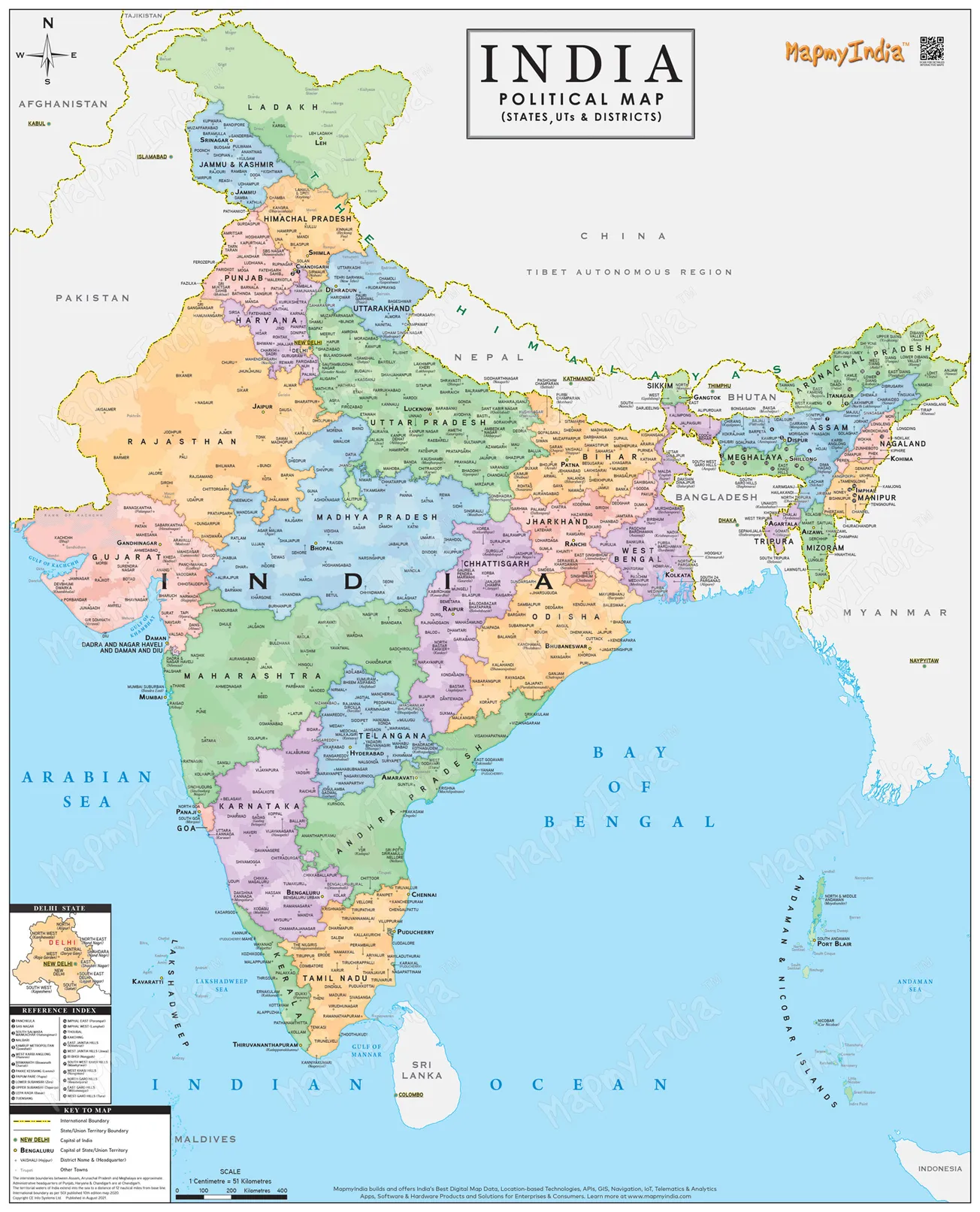Table of Contents
India, a land of breathtaking diversity, is a tapestry woven from the threads of 28 distinct states and 8 union territories. Each of these administrative divisions contributes uniquely to the nation's vibrant mosaic, boasting its own rich history, captivating culture, diverse languages, and varied landscapes. From the snow-capped peaks of the Himalayas in the north to the sun-kissed beaches of the south, and from the arid plains of the west to the lush green hills of the east, the states of India offer an unparalleled spectrum of experiences. Exploring these regions is akin to embarking on a journey through a multitude of worlds, each with its own flavor, traditions, and stories waiting to be discovered. This exploration delves into the individual character of these states, highlighting the unique aspects that make India the fascinating and multifaceted nation it is today, a nation where unity thrives amidst incredible regional variation.
Overview of Indian States
India comprises 28 states and 8 union territories, each with unique geographical features, economic strengths, cultural heritage, and governance structures.
🗺️ Geography
- Northern India: Dominated by the Himalayas and the fertile Indo-Gangetic plains.
- Western India: Features the Thar Desert and the Aravalli range.
- Southern India: Characterized by the Deccan Plateau, the Western and Eastern Ghats causing rain forest state like Kerala and parts of Karnatak.
- Eastern India: Includes the Chota Nagpur Plateau and the Sundarbans delta.
- Northeastern India: Comprises hilly terrains and is part of the Eastern Himalayas.
💰 Economy & Industries
India's economy is diverse, with each state contributing uniquely:
- Maharashtra: India's largest economy, contributing approximately 14% to the national GDP. Mumbai, its capital, is the financial hub, housing major stock exchanges and financial institutions.
- Tamil Nadu: A leading industrial state with strengths in automobile manufacturing, textiles, and information technology.
- Kerala: has minimal industries but its natural beauty attracts several tourists to its waterways, hill stations and forests. Please check out www.kerala.com
- Karnataka: Known for its IT industry, especially in Bengaluru, often referred to as the "Silicon Valley of India."
- Gujarat: Prominent in petrochemicals, textiles, and diamond polishing industries.
- Punjab & Haryana: Agricultural powerhouses, contributing significantly to India's food grain production.
- West Bengal: Diverse economy with strengths in agriculture, manufacturing, and services.
- Uttar Pradesh & Bihar: Agriculture-centric economies with emerging industrial sectors.
- Northeastern States: Rich in natural resources, with potential in tourism and horticulture.
🎭 Culture & Cuisine
India's cultural tapestry is vast:
- North India: Known for classical music, dance forms like Kathak, and cuisines featuring wheat-based dishes.
- South India: Renowned for Carnatic music, Bharatanatyam dance, and rice-based cuisines with coconut flavors.
- East India: Famous for Odissi dance, festivals like Durga Puja, and sweets like Rasgulla.
- West India: Celebrated for folk dances like Garba, vibrant festivals, and spicy cuisines.
- Northeast India: Distinct tribal cultures, music, and cuisines with bamboo shoots and fermented products.
🏙️ Major Cities
- Mumbai (Maharashtra): Financial capital of India.
- Delhi: National capital with historical significance.
- Bengaluru (Karnataka): IT and startup hub.
- Chennai (Tamil Nadu): Cultural and industrial center.
- Kolkata (West Bengal): Known for its colonial architecture and cultural festivals.
- Hyderabad (Telangana): Blend of tradition and modernity, with a growing IT sector.
- Ahmedabad (Gujarat): Industrial city with rich heritage.
🏛️ Politics & Government
India operates as a federal parliamentary democratic republic:
- Central Government: Handles national affairs, defense, foreign policy, and macroeconomic policies.
- State Governments: Manage local governance, education, health, and infrastructure.
Political landscapes vary across states, with regional parties playing significant roles in states like:
- West Bengal: All India Trinamool Congress (AITC).
- Tamil Nadu: Dravida Munnetra Kazhagam (DMK) and All India Anna Dravida Munnetra Kazhagam (AIADMK).
- Telangana: Bharat Rashtra Samithi (BRS).
- Maharashtra: Shiv Sena and Nationalist Congress Party (NCP).
For detailed information on each state, including their unique attributes and contributions, you can refer to the States of India page on Wikipedia.









